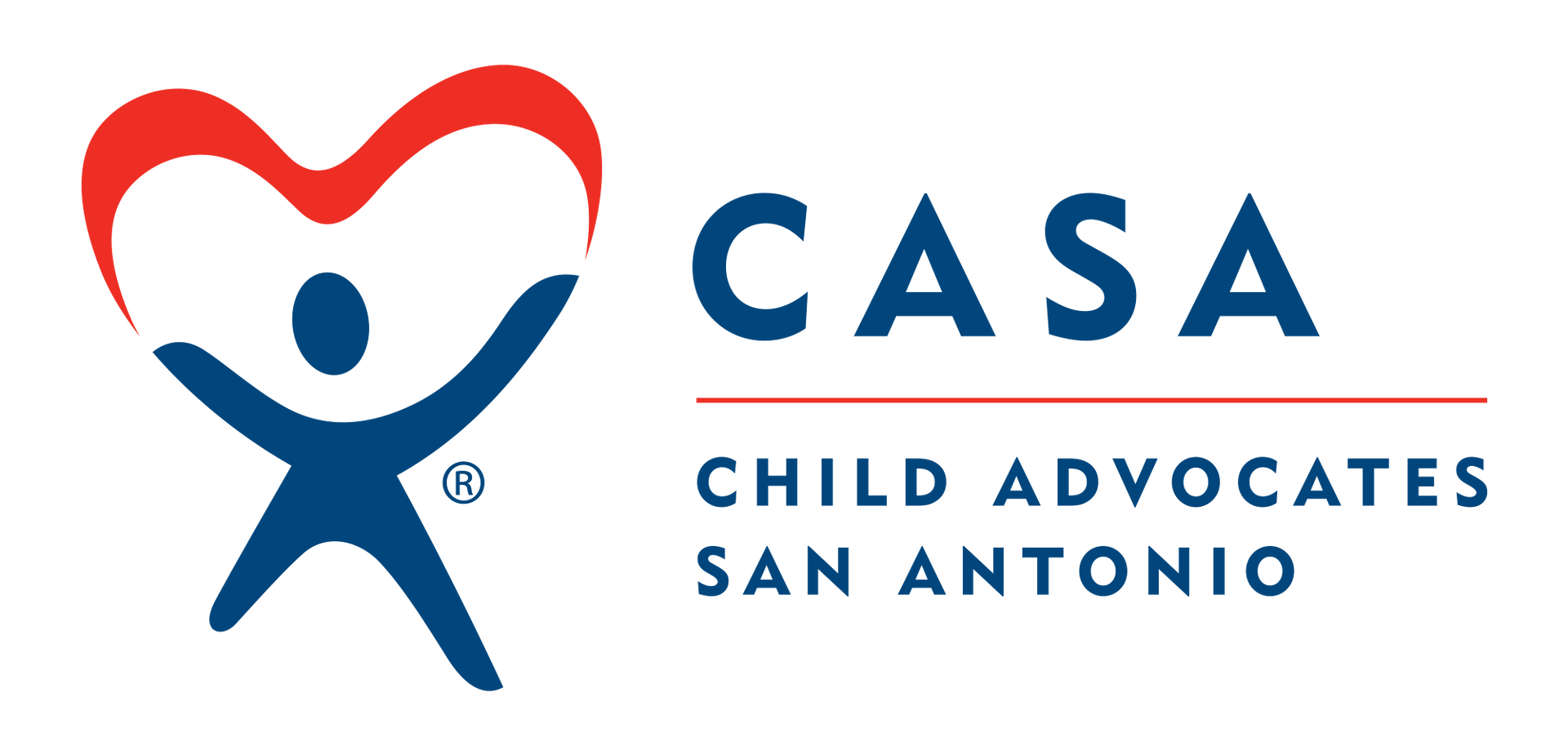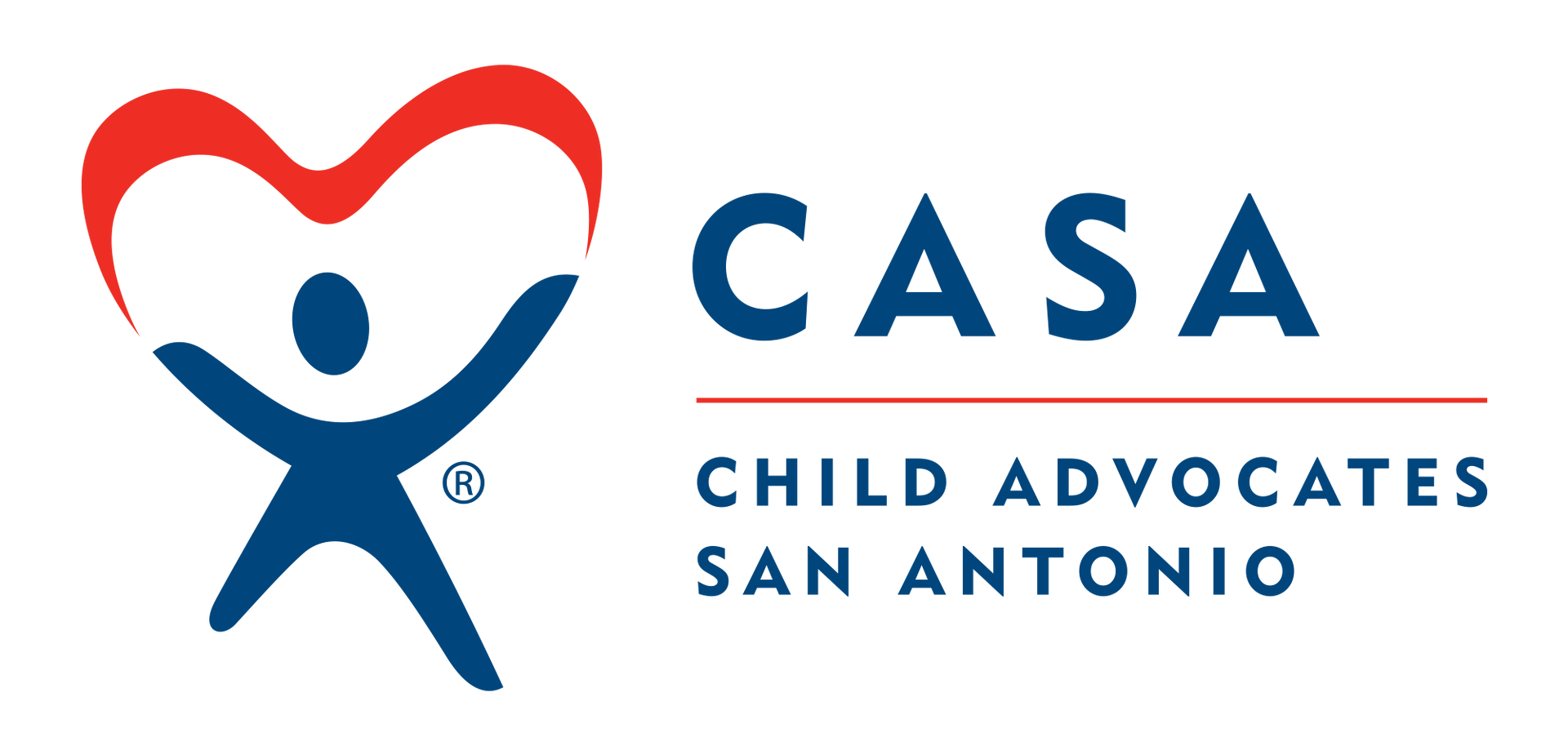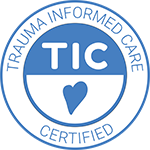September Advocate Spotlight
Ida Sudolcan
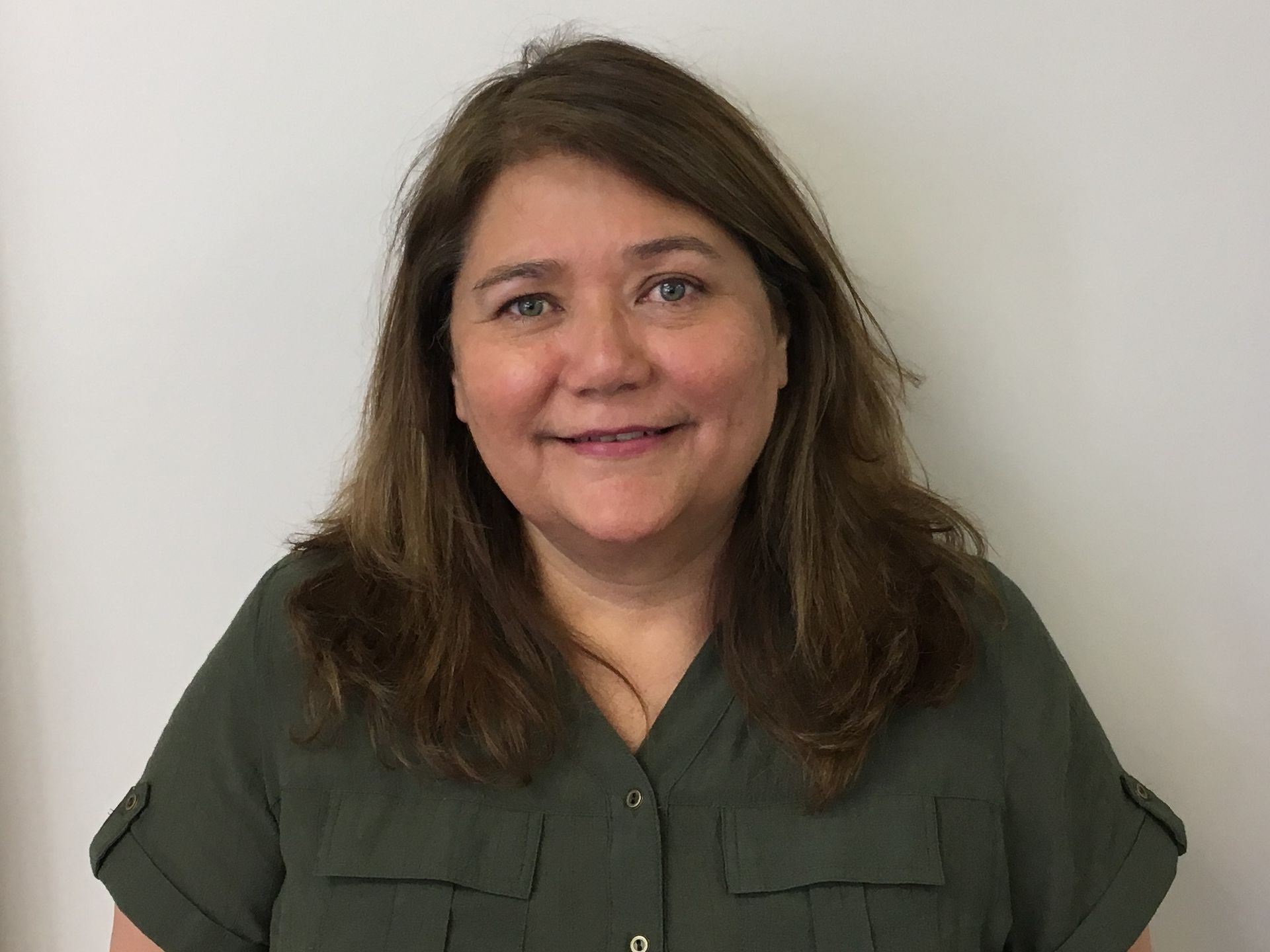
1. How long have you been an Advocate and when did you realize you wanted to become one?
I'm not sure what my official date is but I know it's been about 5 years now. What motivated me to be a CASA is the desire to make a difference in our children who are caught in the Foster Care system. My parents were always "adopting" families from our church and our home was always filled with people that did not have extended family support. We grew up giving to others even when we didn't have enough to give. God always blessed us above and beyond what we blessed others with. I always thought maybe someday I could become a foster parent but that never materialized so when I heard about CASA I jumped at the opportunity.
2. What is the most rewarding aspect of being an advocate?
Developing relationships with the children and their foster families and their biological families. Two of my cases have resulted in adoption of sibling groups. It was so rewarding to see my first case of five brothers and sisters able to be adopted into a single home. I have kept in contact with the family and enjoy seeing them thrive.
3. If you could offer some words of encouragement to your fellow and incoming Advocates, what would they be?
Do your best and don't be discouraged with things look hopeless. Our job is to advocate for our kids. Never take “No” for an answer. Develop a positive relationship with all parties, especially the CPS case worker. Don't be afraid to express your concerns and your doubts about decisions being made for your kids. A CASA advocate is a crucial part of the case, we have to be the eyes and ears for our kids, think outside the box sometimes - push for what you know is right. You'll never regret being an advocate although sometimes it's overwhelming, we are the key to making a difference in a child's life.

